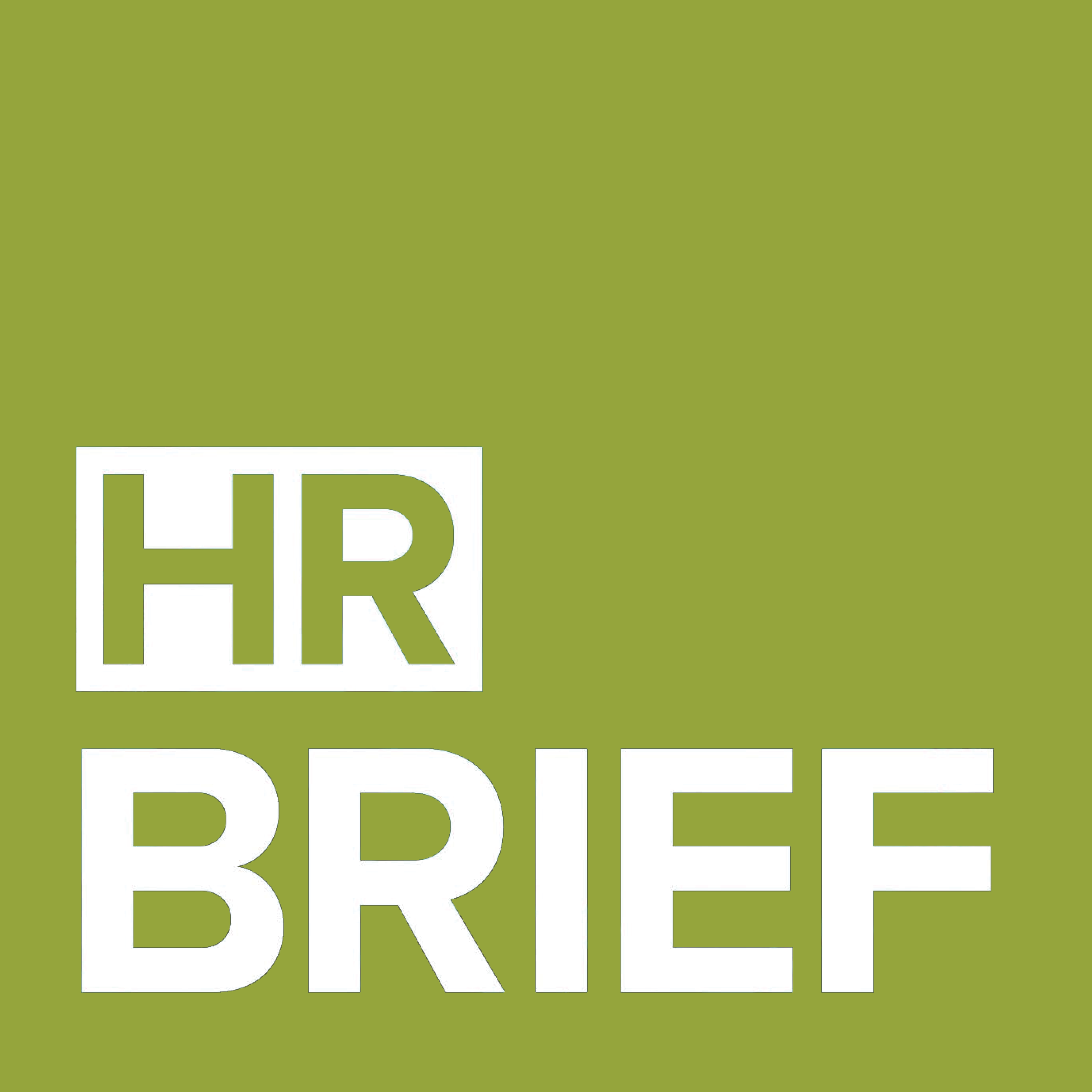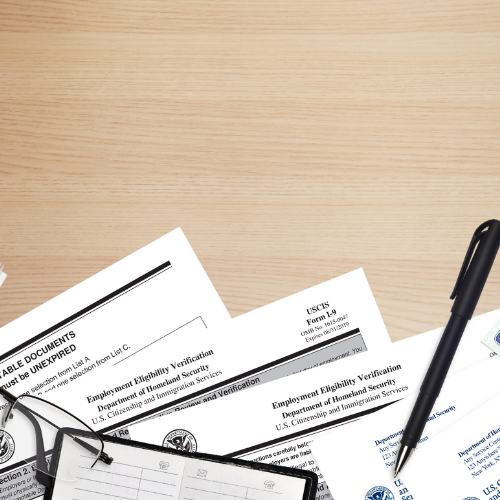
Top 10 Workplace Discrimination Claims
In the 2020 fiscal year, the Equal Employment Opportunity Commission (EEOC) resolved more than 70,804 charges of workplace discrimination. Discrimination lawsuits can be very time-consuming and expensive for employers, and can result in a loss of employee morale or reputation within the community.
Top Causes of Discrimination
According to the EEOC, the following are the top 10 reasons for workplace discrimination claims in fiscal year 2020:
- Retaliation—37,632 (55.8% of all charges filed)
- Disability—24,324 (36.1%)
- Race—22,064 (32.7%)
- Sex—21,398 (31.7%)
- Age—14,183 (21.0%)
- National Origin—6,377 (9.5%)
- Color—3,562 (5.3%)
- Religion—2,404 (3.6%)
- Equal Pay Act—980 (1.5%)
- Genetic Information—440 (0.7%)
These percentages add up to more than 100% because some lawsuits were filed alleging multiple reasons for discrimination.
Steps for Employers
Employers should consider the following steps to protect themselves from retaliation and other discrimination claims:
- Audit their practices to uncover any problematic situations.
- Create a clear anti-retaliation policy that includes specific examples of what management can and cannot do when disciplining or terminating employees.
- Provide training to management and employees on anti-retaliation and other discrimination policies.
- Implement a user-friendly internal complaint procedure for employees.
- Uphold a standard of workplace civility, which can reduce retaliatory behaviors.
For more information and for tips on how to protect your business, contact Seubert & Associates, Inc. today.
Preparing HR for Future Health Crises
The COVID-19 pandemic was a wake-up call for HR departments in 2020. Suddenly, employees were looking to HR teams for guidance in areas not typically considered their responsibility.
This article outlines four ways HR teams can prepare for future public health crises. Employers can use this information to help cope with the current COVID-19 pandemic fallout and beyond.
1. Assess the Risk
One of the first steps during a public health crisis is to assess the risk of the organization. To do this, employers should first educate themselves about the crisis in general. This means staying updated on federal and local health guidance to help inform organizational strategies.
An assessment should consider the impact on workers, and can help prepare employers to make informed choices.
2. Adapt Quickly
Based on the risk assessment, employers should prepare to adapt to the crisis. Employers must ensure safeguards are in place so that employees don’t need to choose between their jobs and their health.
3. Communicate Thoroughly
At every stage, employers should keep employees in the loop. This means sharing the outcome of the risk assessment and clearly communicating any new workplace protocols. Employees should never have to wonder how their workplace is handling a crisis.
4. Welcome Change
Employers should be ready to make these decisions swiftly, and must embrace the changing landscape. This might mean having some employees work remotely while others remain in the workplace. Employers should think about such contingencies and be prepared to follow through if a public health crisis necessitates it.
Employer Takeaway
Responding to a health crisis will be much easier when an employer plans for such an event ahead of time. Reach out for more workplace guidance to help in this effort.

Employee Spotlight: Kalvin Bowers
Please join us in welcoming Kalvin Bowers to Seubert’s Commercial Lines Department as a Transportation

USCIS Extends Form I-9 Expiration Date
USCIS recently announced an update to its Form I-9, extending the form’s expiration date from

The Importance of Pre-trip Inspections
Motor carriers must ensure the safety of their drivers and the general public while remaining
